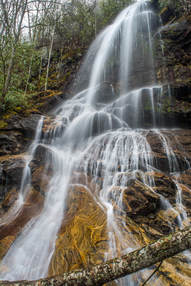 Dozens of streams flow off the slopes of the Plott Balsam Mountains, a high, rugged range of peaks near Sylva. Most of these streams form multiple waterfalls as they cascade into the valleys, but few are as impressive as the pair of waterfalls on Buff Creek. First, Buff Creek comes over a massive cliff to form Upper Buff Creek Falls, a remote and stunning part-free-fall waterfall over 100 feet high. Even taller, Lower Buff Creek Falls comes next as the creek slides steeply down a long, broad rock slab. While the lower falls can look skinny in dry periods, the upper falls is gorgeous in almost any condition! Upper Buff Creek Falls is among the most beautiful waterfalls in southwest North Carolina, but access to it presents problems. Shortly after dropping over the lower falls, Buff Creek enters private property as it comes alongside Buff Creek Road. The only legal way to see the waterfalls is a long hike along old logging roads from the trail to Blackrock Mountain. I visited both waterfalls on Saturday, March 24th, 2018. This is not a typical trail report as I do not have enough information to provide a step-by-step guide for the public route to the waterfalls. Instead, this report serves to acknowledge the existence and beauty of these waterfalls, as well as the possible options for accessing them. Update 5/2/18: Andy Kunkle hiked the route to Buff Creek from Blackrock Mountain and verified details about it. With the updated information, it's now clear that this route exists and is in mostly good shape. Andy also discovered two waterfalls on a tributary of Buff Creek that flows down from Blackrock Mountain west of Whiterock Ridge. Scroll down for details! DetailsBefore I describe the possible ways to approach the waterfalls on Buff Creek, I'll first list the locations of both waterfalls. The base of Lower Buff Creek Falls is at N35° 25.579' W83° 09.419'. The base of Upper Buff Creek Falls is at N35° 25.706' W83° 09.392'. Both waterfalls themselves are on the public land of Nantahala National Forest. My beauty rating for Lower Buff Creek Falls is a "7". My beauty rating for Upper Buff Creek Falls is a "10". The only way to reach the waterfalls on Buff Creek via public land is to follow a series of old forest roads from the Blackrock Trail. The Blackrock Trail begins at the Blue Ridge Parkway directly across from the access road to Waterrock Knob. The coordinates for the Blackrock Trailhead are N35° 27.379' W83° 08.576'. Since there is no official parking at the trailhead, it might be better to park at the Browning Knob Overlook along the Blue Ridge Parkway a quarter-mile to the east. The trail to Blackrock Mountain is 2.2 miles one way. It is a moderate hike that mostly follows the ridge, crossing Yellow Face Mountain along the way. I have not hiked to Blackrock Mountain this way (I have only hiked to it via Fisher Creek), so please check DWHike's excellent description of the trail. The summit of Blackrock Mountain has stunning panoramic views. Even though the approach to Buff Creek this way is a strenuous hike, it's still an excellent outing with both waterfalls and vistas in the same day. To see the waterfalls on Buff Creek, keep following the Blackrock Trail south from the summit of Blackrock Mountain. This is an extremely steep section. In 0.55 miles, the trail loses about 750 feet in elevation! 0.55 miles after the summit of Blackrock Mountain, or about 2.75 miles from the Blue Ridge Parkway, the Blackrock Trail meets a nearly-level, broad forest road at the coordinates N35° 26.333' W83° 10.604'. The junction is at an elevation of about 5040 feet. The Blackrock Trail turns right onto the forest road and eventually joins the West Fork Trail and East Fork Trail in Pinnacle Park. From this intersection with the forest road, do not keep following the Blackrock Trail. Instead, turn left onto the other direction of the forest road. It's unmarked and slightly overgrown, but it's distinct. I have not hiked the old forest roads between the Blackrock Trail and Upper Buff Creek Falls. However, Andy Kunkle recently hiked to the waterfalls on Buff Creek this way. He confirmed that the roadbeds exist and are easy to follow all the way, with the exception of a few blowdowns. Still, it's best to not attempt this hike without a good topo map that shows all of the roads (such as the one below). What you need to do is follow the same forest road straight for 2.2 miles. When you reach the unnamed tributary of Buff Creek on the east side of Whiterock Ridge (the tributary that joins Buff Creek just below the upper falls), turn right onto the forest and loosely parallel the tributary for 0.4 miles. You will then join another forest road. Bear right onto the second forest road and follow it for another 0.15 miles to a gradual right-hand curve at the coordinates N35° 25.710' W83° 09.520'. This is the exact place where you should turn left off the road and bushwhack down to Upper Buff Creek Falls. The woods are open but steep. You should be bushwhacking southeastward, In 0.1 miles, reach the Buff Creek tributary again (you might be able to see Upper Buff Creek Falls through the trees here in winter). To the left is a 50-foot sliding waterfall on the tributary at the coordinates N35° 25.724' W83° 09.455'. It's not very scenic due to large amounts of deadfall. To get to Upper Buff Creek Falls, cross the tributary and angle southeast toward Buff Creek. When you swing into the Buff Creek hollow, bear left and follow the creek for a short distance upstream to Upper Buff Creek Falls. The public access to Upper Buff Creek Falls is approximately 11.4 miles roundtrip with about 3000 feet of elevation gain. Although this is a long and strenuous hike, it is probably doable for seasoned hikers with good navigational skills. It's definitely worthwhile. The base of Lower Buff Creek Falls is only 0.2 miles downstream from Upper Buff Creek Falls. If you decide to scramble down to it, make sure to stay on the west side of the creek (River Right). It is an extremely steep scramble, but the woods are not overgrown. Do not go any further downstream from Lower Buff Creek Falls, as private property begins just below the base. Rather than going all the way from the Blue Ridge Parkway and Blackrock Mountain, a much easier access to both waterfalls on Buff Creek is from Buff Creek Road at its last crossing of the creek. Unfortunately, the beginning of the route passes through 150 feet of unmarked private property, within sight of houses. One can access Lower Buff Creek falls by following the east (River Left) side of Buff Creek for 0.2 miles from the road, and one could then cross the creek, scramble up the extremely steep slope on River Right, and get to Upper Buff Creek Falls that way. However, you'd definitely be trespassing at the beginning near the road that way, and I can't condone trespassing on private property without permission. I have not talked to local homeowners at the end of Buff Creek Road, so maybe they might give you permission to see the falls - I will leave it to you to find out. With that said, the long access from Blackrock Mountain is definitely worth doing, as Upper Buff Creek Falls is a jaw-dropping waterfall, and the panoramic view from Blackrock Mountain complements it very well. You're also probably wondering where the forest road above Upper Buff Creek Falls leads. Yes, it comes out a gate right at the end of Buff Creek Road. The gate is posted with a 'No Trespassing' sign. As best as I can tell, a short section of the road near its lower end is owned by a real estate investment agency. Maybe if the agency tries to sell the land, public access to Buff Creek can be secured and a parking space can be built at the end of Buff Creek Road. For that to possibly happen, we will also need to alert local conservation groups about the existence of the spectacular, seldom-visited waterfalls on Buff Creek (especially the upper falls). Let's keep our fingers crossed that easier public access to Buff Creek will become a reality one day... Let's talk about the beauty of the waterfalls on Buff Creek. Upper Buff Creek Falls is 120 feet high, much of it a vertical drop! The upper tier of the falls is a series of free-falls over a grand cliff. The lower tier is a steep slide into a shallow pool. Dense rhododendron thickets surround the base of the falls. Besides the huge cliff, a remarkable feature of Upper Buff Creek Falls is the colorful, striated gneiss on the waterfall's sliding section. The gorgeous yellow rock adds even more beauty to this breathtaking waterfall. As you explore the falls, note how the big cliff stretches away very far along the mountain on the east side of the creek. Lower Buff Creek Falls, while not nearly as spectacular as the upper falls, is a beautiful waterfall as well. It consists of two sliding sections that total to 200 feet in height. The 70-foot upper sliding section is very difficult to see and is unremarkable, but the lower section is impressive, especially during high flow. At those times, the flow of Buff Creek splits into numerous powerful ribbons of water that slide down an enormous rock slab. A jumble of mossy boulders lies at the base of the falls. Although the lower tier of Lower Buff Creek Falls is about 130 feet high, it's slanted such that you can only see the lower 80 feet or so from the base., and the only good view is on the east side of the creek. It's still an impressive sight. Many thanks to local waterfaller Paul Albert for telling me about Lower Buff Creek Falls and giving me a lot of insight about access to it, as well as possible access routes to the upper falls. Although Upper Buff Creek Falls had technically been undocumented prior to my visit, Paul had known about the existence of upper falls for years too. Thanks to his help, I was able to lay out a route that led me to see this spectacular pair of falls. When Andy Kunkle visited the waterfalls on Buff Creek, he also discovered two waterfalls on a large unnamed tributary of Buff Creek that flows down from Blackrock Mountain along the west side of Whiterock Ridge. He was able to hear the waterfalls from the old roadbed, but he had to scramble steeply off-trail down to see them. The first one, which he called 10,000 Trillium Falls due to the abundance of trilliums on the slopes above the waterfall, is at the 3880-foot contour and at the coordinates N35° 26' 06.5" W83° 09' 53.8". The second waterfall, which he called Dark Hollow Falls, is a short distance upstream at the 4000-foot contour and at the coordinates N35° 26' 09.8" W83° 09' 55.1". Each waterfall is about 30 feet high and is worth a visit, as long as the water flow isn't very low. Be sure to stay on the east (River Left) side of the stream while visiting these, as the west (River Right) side is private property. Pictures & Videos
3 Comments
Jerry Brooks
4/7/2018 03:24:47 pm
First time I’ve seen the falls in over 50 years.
Reply
Juan Mo Time
11/10/2018 12:06:17 am
The ‘public’ route that you describe takes you through Nature Conservancy property. Don’t you have to get permission to travel across Nature Conservancy property?
Reply
Mark Oleg
11/19/2018 02:00:05 pm
Hi Juan,
Reply
Leave a Reply. |
About MeMark Oleg Ozboyd Dear readers: I have invested a tremendous amount of time and effort in this website and the Georgia Waterfalls Database the past five years. All of the work that has gone in keeping these websites updated with my latest trip reports has almost been like a full-time job. This has not allowed me to pick up a paid job to save up money for college, and therefore, I I've had to take out loans. If you find the information on this website interesting, helpful, or time-saving, you can say "thanks" and help me out by clicking the button above and making a contribution. I will be very grateful for any amount of support you give, as all of it will apply toward my college tuition. Thank you!
Coming in 2022-2023?
Other Hiking WebsitesMiles HikedYear 1: 540.0 Miles
Year 2: 552.3 Miles Year 3: 518.4 Miles Year 4: 482.4 Miles Year 5: 259.9 Miles Archives
March 2021
Categories
All
|
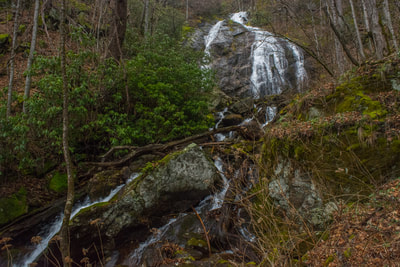
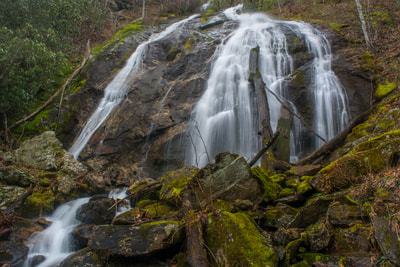
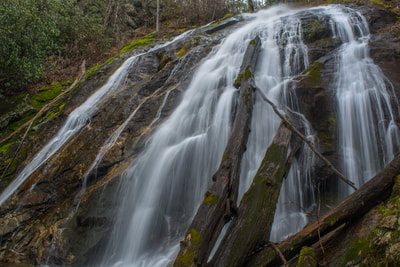
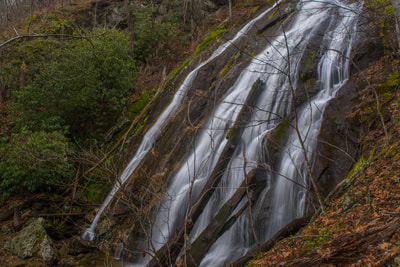
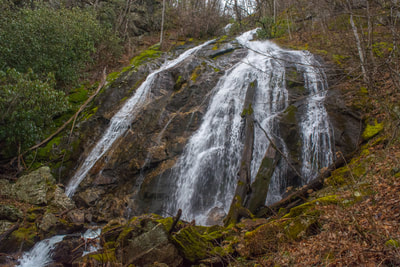
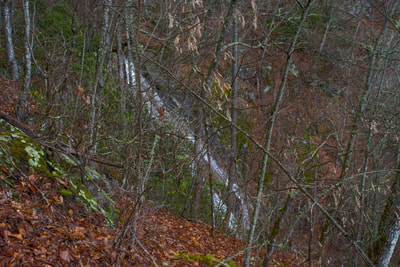
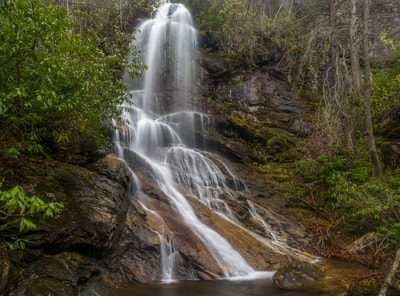
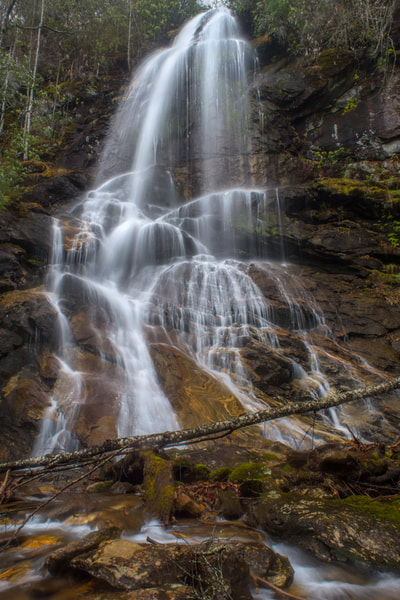
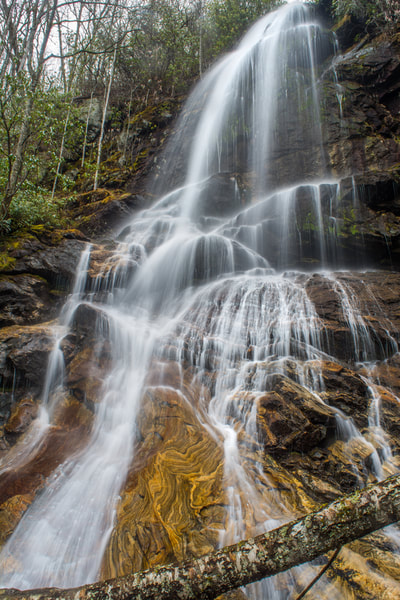
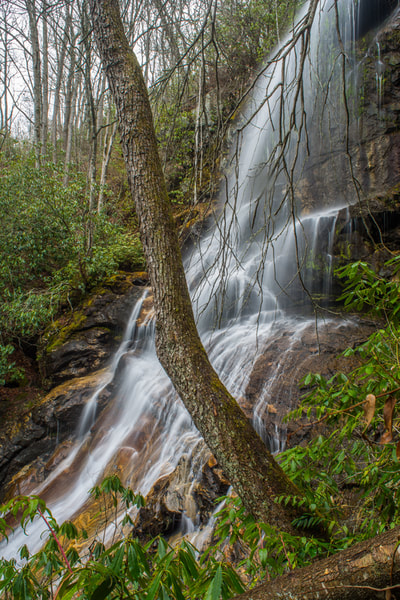
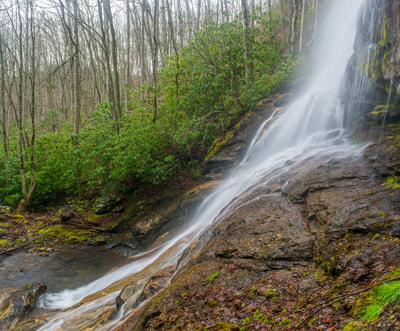
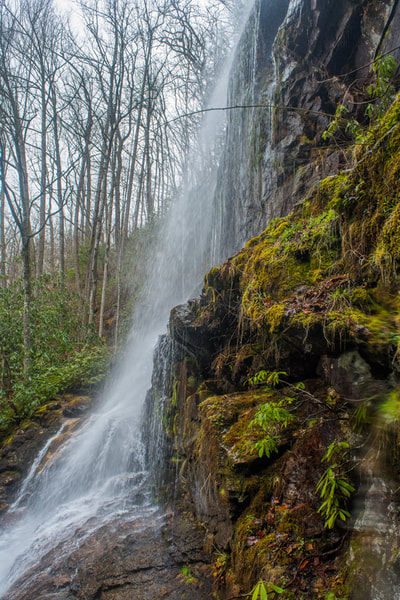
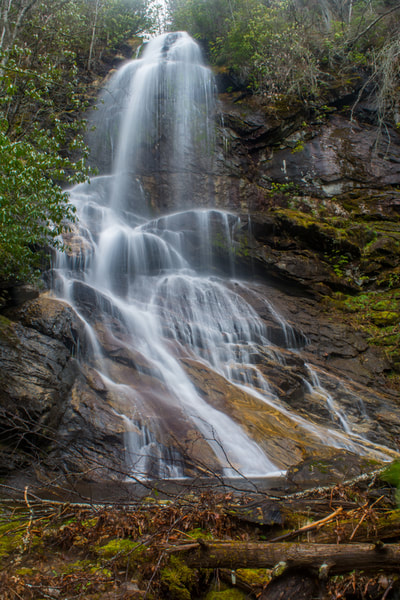
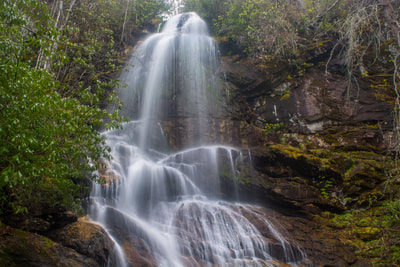
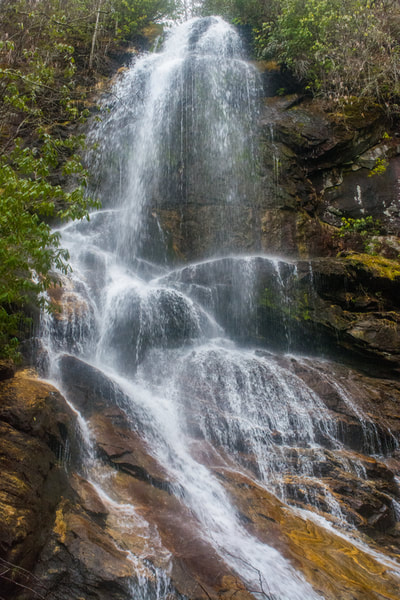
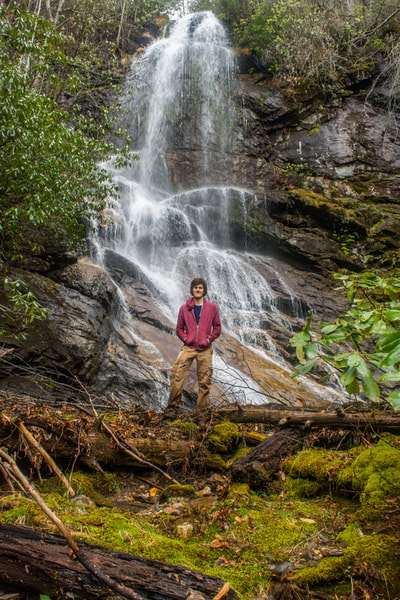
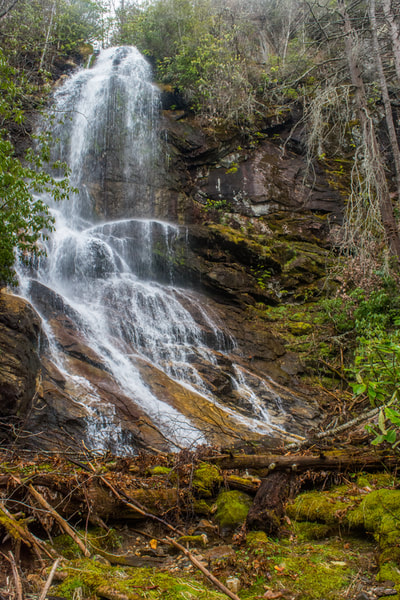
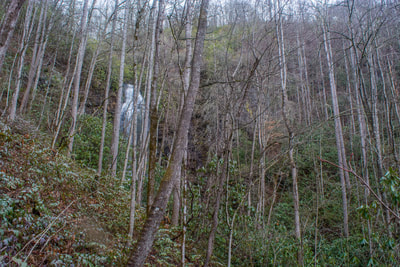
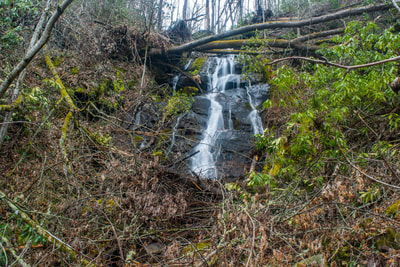
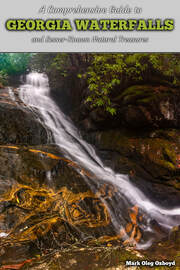
 RSS Feed
RSS Feed